
On February 1, 2003, family, coworkers, and media awaited the return of the crew of STS-107 and the Space Shuttle Columbia at NASA’s Shuttle Landing Facility. Although sadly, the shuttle would never come, today we remember the seven crew members who perished, reaching for the stars in the name of peace.
What happened to Columbia and her crew?
Launched on January 16, 2003, STS-107 carried a full crew of seven, including the first astronauts of Indian descent and from Israel. In the cargo bay was the SPACEHAB research module, complete with experiments for the crew to conduct during its mission that lasted just shy of 16 days.
Foam strike
During the launch, foam from the Space Shuttle’s external tank struck the leading edge of Columbia’s left wing. The strike was not noticed by NASA until the day after the launch, but the video was not of high enough resolution to determine where the foam struck on the wing.
Foam strikes were not uncommon for the Space Shuttle, taking place on various missions starting with the very first shuttle launch, STS-1. However, most of these debris strikes caused minor damage or happened in locations with adequate reinforcement. Unfortunately, the STS-107 strike was a fatal blow to the Reinforced-Carbon-Carbon (RCC) panels on the wing’s leading edge.
While NASA believed that the RCC panels could never be damaged by foam, this strike left a large hole in the left wing. Engineers attempted to allow the STS-107 crew to inspect the left wing or use Department of Defense assets to image the orbiter (similar to what was done on STS-1).
Sadly NASA management prevented these measures from happening and believed that nothing could have been done, even if they found fatal damage. An email was sent to Columbia’s commander and pilot discussing the foam strike, saying they believed it occurred further back on the wing, causing no damage to the RCC or other important thermal protection system and not to worry about it.
Orbiter reentry and breakup
Because of this, the STS-107 mission went as usual, and on February 1, controllers in Houston told Columbia they were go for deorbit burn. To the controllers in Houston, reentry looked to be going to plan, but those observing from the ground could see something wasn’t right.
As Columbia flew over California and other western states, bits of debris could be seen coming from the left wing. This was also when the first sensors began to fail in the left wing, starting with hydraulic fluid temperature sensors and finally with the tire pressure sensors on the landing gear. The last bit of telemetry was received about 15 seconds later, and the final words from commander Rick Husband were recorded: “Roger, uh, bu…”
My fellow Americans, this day has brought terrible news and great sadness to our country…the Columbia is lost. There are no survivors. Onboard was a crew of seven: Colonel Rick Husband, Lieutenant Colonel Michael Anderson, Commander Laurel Clark, Captain David Brown, Commander William McCool, Dr. Kalpana Chawla, and Ilan Ramon.
President George W. Bush in an address to the nation.
The crew of Space Shuttle Columbia’s final flight
Rick Husband – Commander
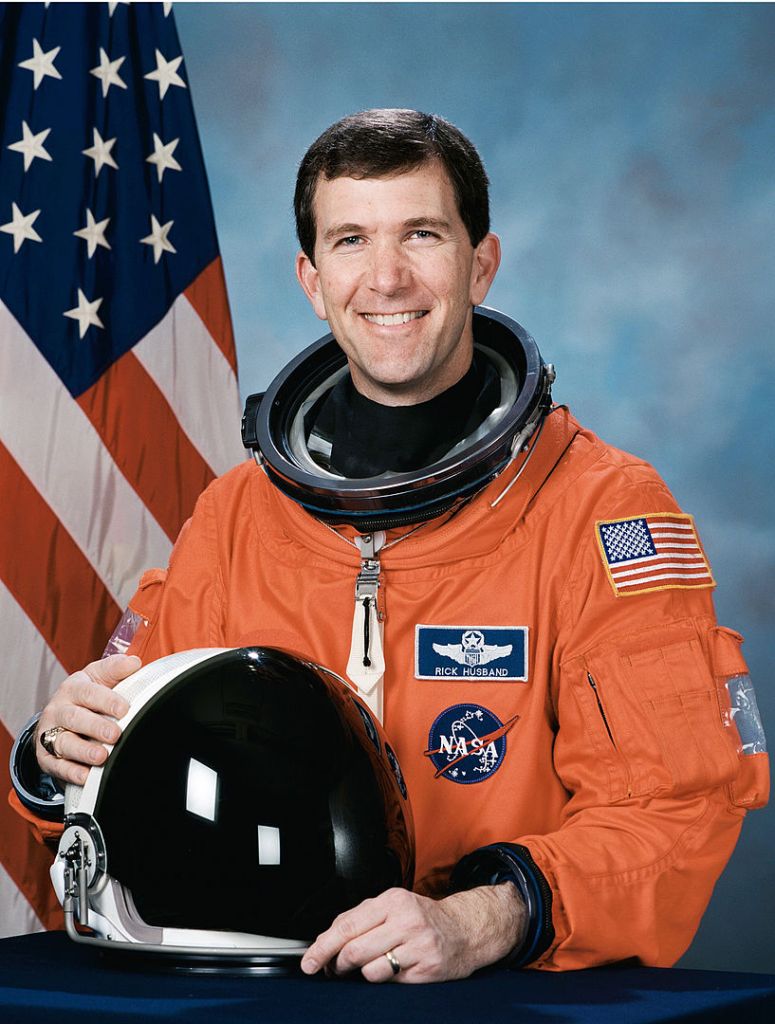
Husband, a test pilot for the US Air Force, logged more than 3,800 flight hours in more than 40 aircraft. He applied four times to NASA to become an astronaut and finally achieved the childhood dream in 1994 when he was accepted into the corps. STS-107 was Husband’s second spaceflight, first serving as pilot on STS-96, which was the first Shuttle mission to dock with the ISS.
William McCool – Pilot
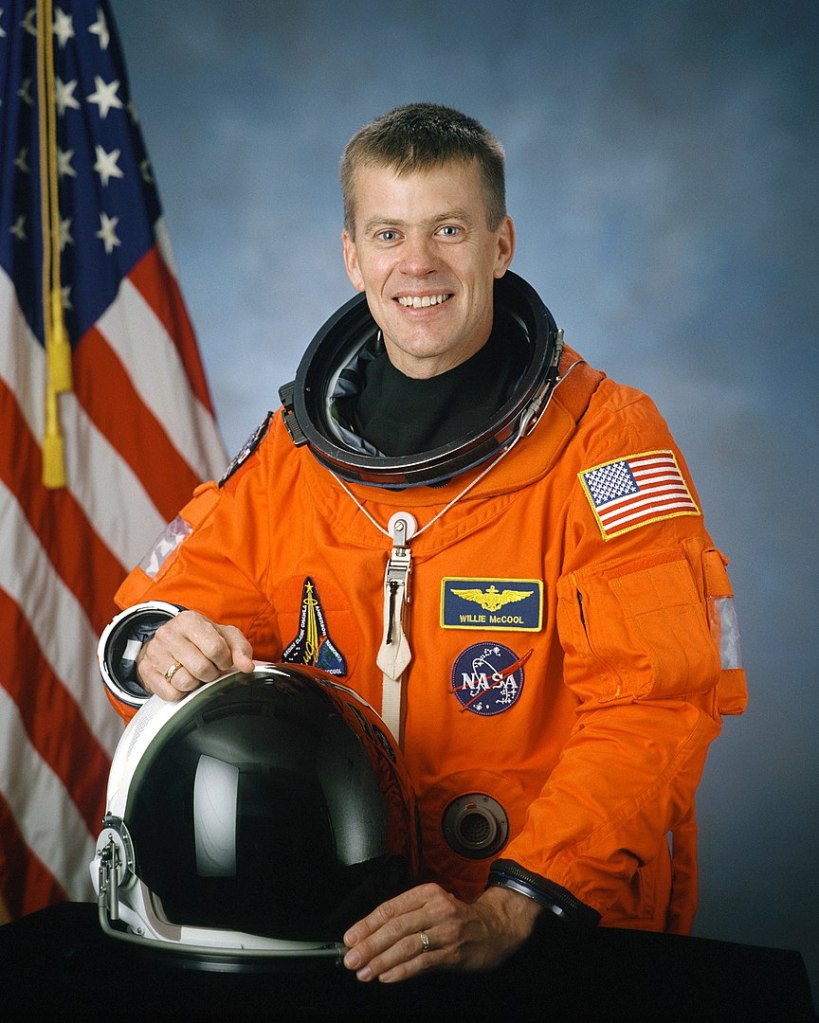
McCool served on the USS Coral Sea and the USS Enterprise as a Naval Aviator. McCool became a test pilot and was proficient in flying the EA-6B Prowler. He was selected by NASA in 1996 and was well-loved by the members of the astronaut corps for his surprise flowers and Hawaiian leis. STS-107 was McCool’s first spaceflight, and a couple of days before deorbit, he had this to say about his view:
From our orbital vantage point, we observe an Earth without borders, full of peace, beauty and magnificence, and we pray that humanity as a whole can imagine a borderless world as we see it, and strive to live as one in peace.
William McCool, STS-107 Pilot
David Brown – Mission Specialist
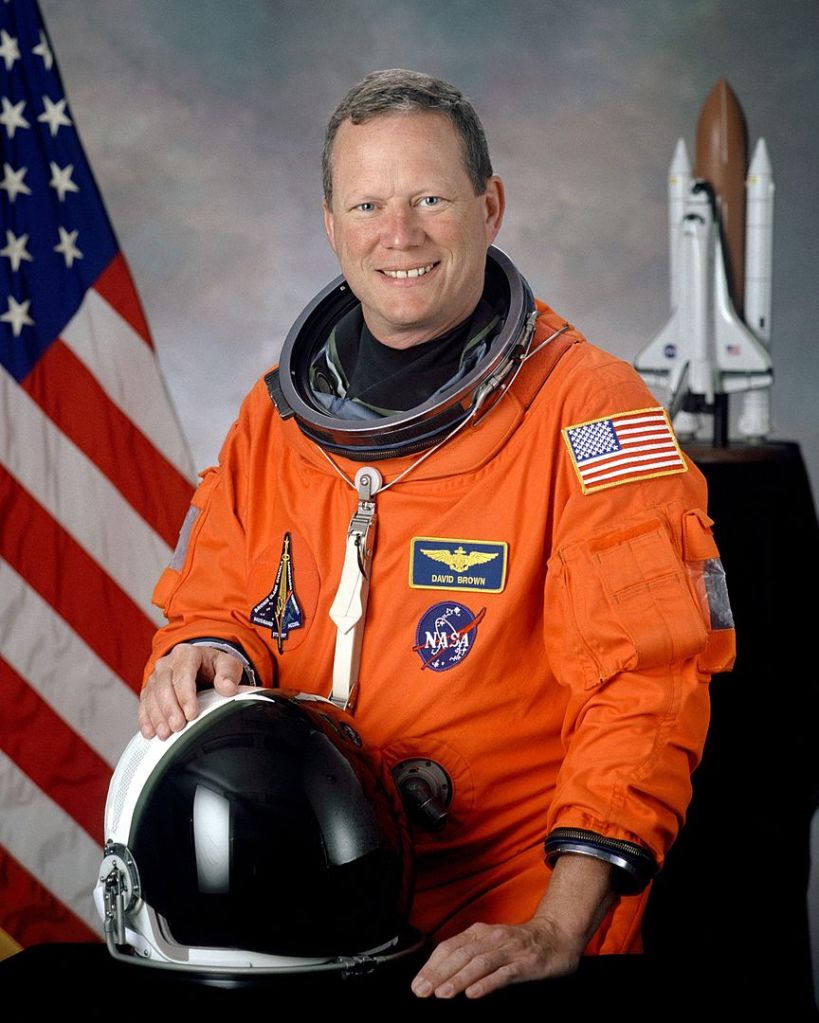
Also from the Navy, Brown joined as a flight surgeon but eventually was selected for pilot training. There he went on to become a test pilot, which is where he landed at NASA as both a competent pilot and physician. STS-107 was Brown’s first spaceflight, and when asked about what would happen if something went wrong with the mission, he said, “The program will go on.”
Kalpana Chawla – Mission Specialist
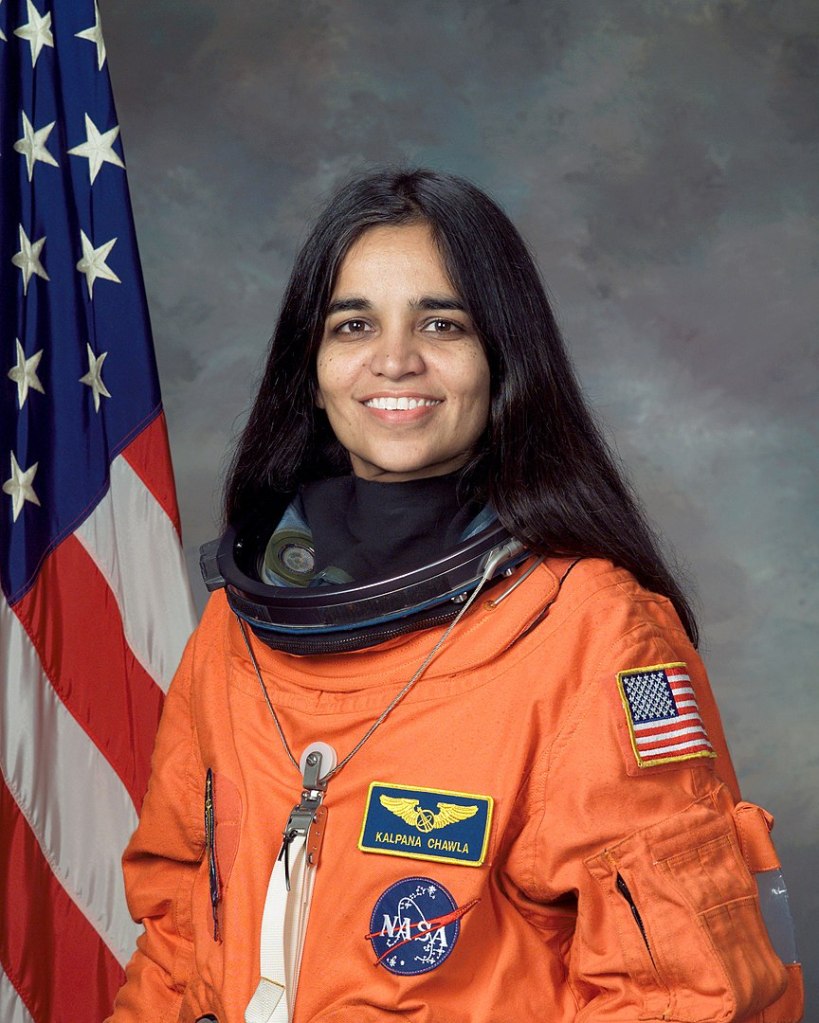
“None of our astronauts traveled a longer path to space than Kalpana Chawla,” President Bush said. Born in India, Chawla traveled to the United States for graduate school and later worked at NASA’s Ames Research Center, then a short stint in the private sector. Once Chawla became a US citizen, she applied to become an astronaut, as flying was a big part of her life. She was accepted in 1994 and first launched to space on STS-87, operating the shuttle’s robotic arm. STS-107 was her second spaceflight.
Michael Anderson – Mission Specialist
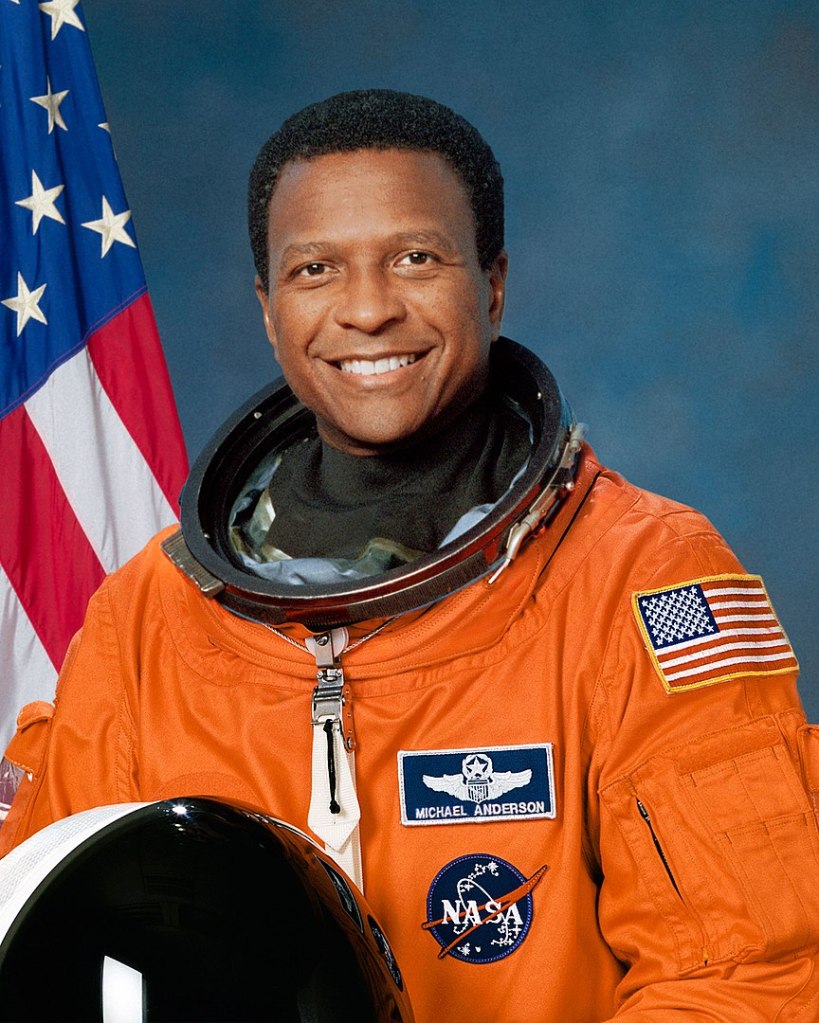
A pilot in the US Air Force, Anderson served as STS-107’s Payload Commander. He was selected as an astronaut in 1994 and first launched to space on STS-89, which visited Russia’s Mir space station with Space Shuttle Endeavour. While onboard Columbia, Anderson was tasked with ensuring the crew completed all the experiments brought up into orbit. Running 24-hours a day in two shifts, the crew of STS-107 conducted over 80 experiments.
Laurel Clack – Mission Specialist
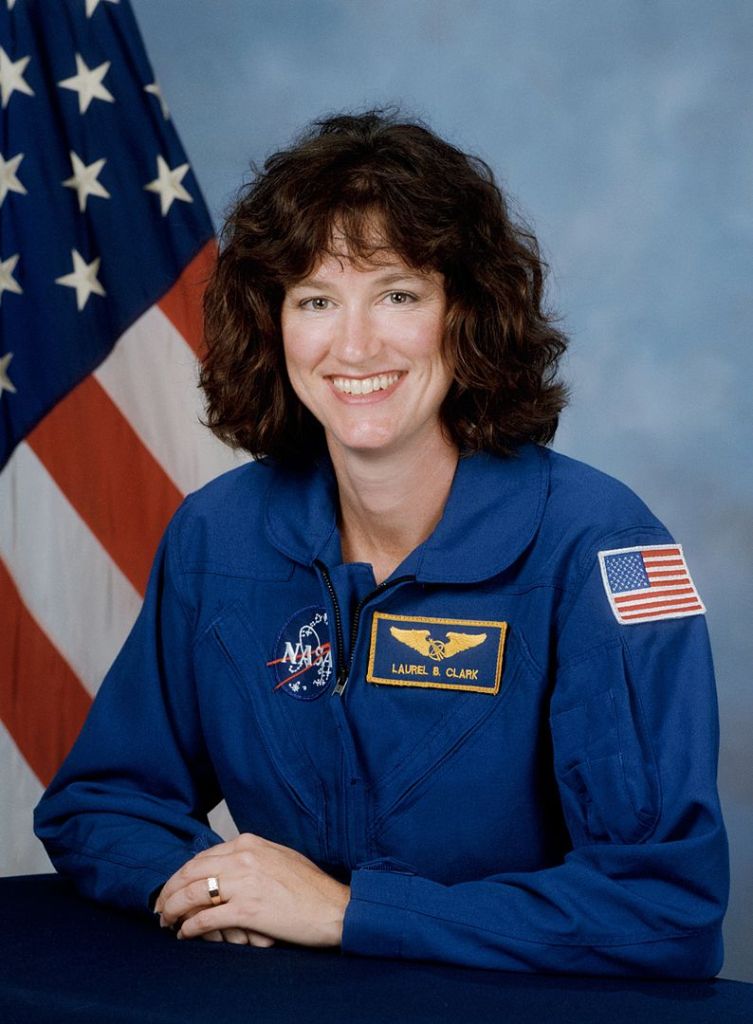
From Ames, Iowa, but considered Racine, Wisconsin her hometown, Clark served in the US Navy as a medical officer both underwater with submarines and as a flight surgeon with the Marines. She joined NASA in 1996 and first worked in the Astronaut Office Payloads/Habitability Branch. STS-107 was Clark’s first spaceflight.
Ilan Ramon – Payload Specialist
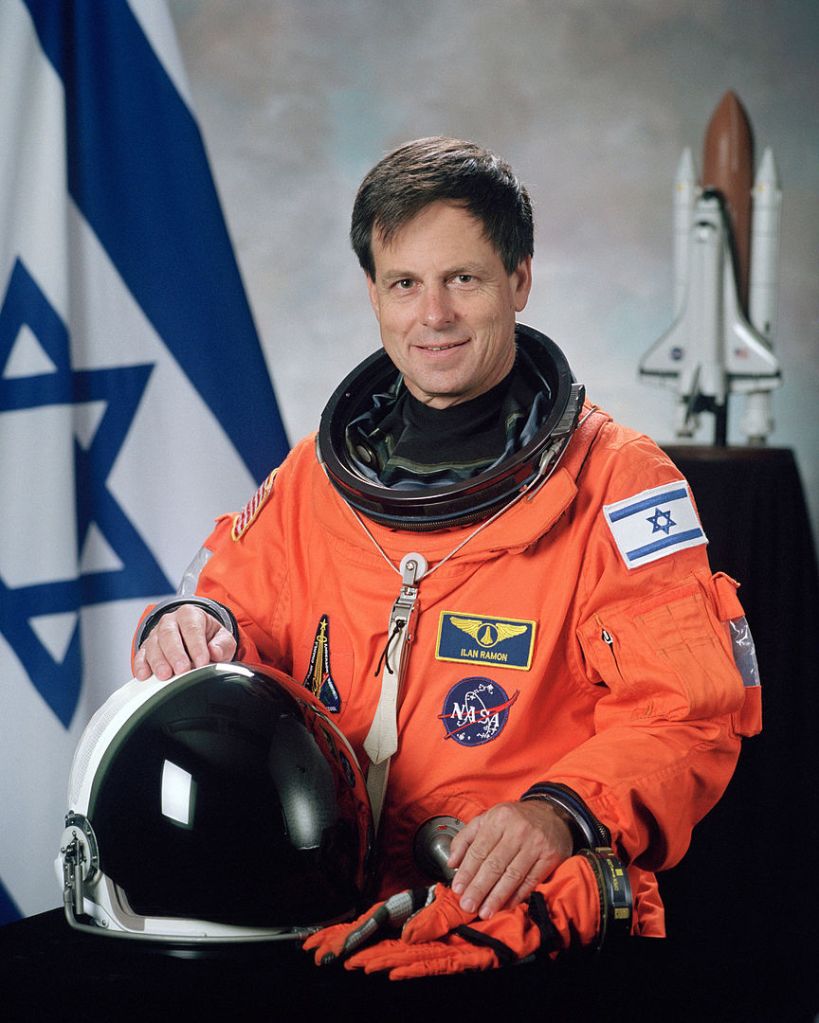
Born to survivors of the Holocaust, Ramon was the first astronaut from Israel. He served in the Israeli Air Force and flew combat operations in Operation Opera and the 1982 Lebanon War. He was selected to fly on a Space Shuttle mission in 1997 and received training by NASA for the STS-107 launch. This was Ramon’s first spaceflight, and he remains as Israel’s only astronaut.
Bringing the crew and shuttle home
Not long after the countdown clock struck zero at Kennedy Space Center, NASA officials knew something wasn’t right. Within hours, teams were assembled to investigate and recover the disaster over Texas.
The recovery operations went from chaos, as residents and authorities attempted to figure out what was happening, to the largest ever organized ground search. The search took place over most of West Texas, Louisiana, and Arkansas and involved federal, state, and local agencies.
Many individuals from local cities like Palestine and Hemphill, Texas, put their lives aside to assist in the recovery efforts. It took months, and even years later, some parts still show up and are handed over to NASA, but the searchers handled it with precision and dedication, showing how much space means to the nation. The search for Columbia is well documented in the book Bringing Columbia Home by Michael Leinbach and Jonathan Ward. Many of us at Space Explored have read it, and all agree it’s an important book to read for anyone interested in space exploration.
Investigation findings
Like the Challenger Disaster, NASA convened an independent investigation board to determine what caused Columbia’s breakup. The investigation board brought up many similar concerns about NASA’s management and safety protocols that echoed Challenger’s cause.
The Columbia Accident Investigation Board’s report came out in August of 2003 and confirmed that the cause of the breakup was a foam strike leaving a hole in the left wing. The report further blamed NASA’s organizational structure and decision-making process for being flawed and compromising safety.
The report did not state if a rescue plan was possible or not, but it said that NASA’s lack of action ruled out the possibility of it being an option. Another investigation board covered how NASA could change to increase crew survivability. They reported that the crew needed more time to get ready in their reentry suits, and any future systems should not require manual activation.
The loss was sudden and terrible, and for their families, the grief is heavy. Our Nation shares in your sorrow and in your pride, and today we remember not only one moment of tragedy but seven lives of great purpose and achievement.
To leave behind Earth and air and gravity is an ancient dream of humanity. For these seven, it was a dream fulfilled. Each of these astronauts had the daring and discipline required of their calling. Each of them knew that great endeavors are inseparable from great risks, and each of them accepted those risks willingly, even joyfully, in the cause of discovery.
President George W. Bush remarks during STS-107 memorial service
Columbia is the most recent disaster to strike NASA’s human spaceflight programs. With the move to the commercial industry, NASA, alongside the FAA, plays the role to make sure these new generations of spacecraft are the safest that can be designed.
While the shuttle program returned to flight in July of 2005, the program was reduced to finishing the International Space Station construction and would retire in 2011. The International Space Station has been in operation for two decades and has given humanity immeasurable amounts of value in its research.
Our whole Nation was blessed to have such men and women serving in our space program. Their loss is deeply felt, especially in this place, where so many of you called them friends. The people of NASA are being tested once again. In your grief, you are responding as your friends would have wished, with focus, professionalism, and unbroken faith in the mission of this agency.
Captain Brown was correct: America’s space program will go on.
President George W. Bush remarks during STS-107 memorial service
FTC: We use income earning auto affiliate links. More.




Comments